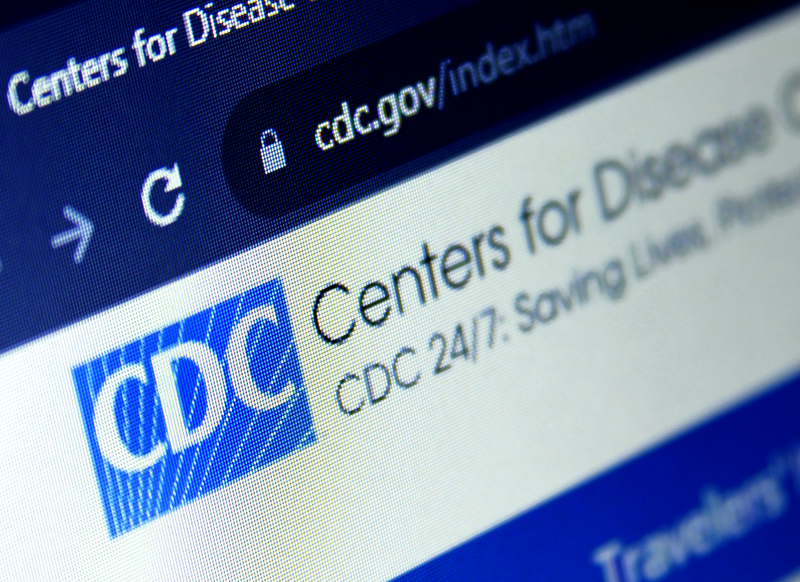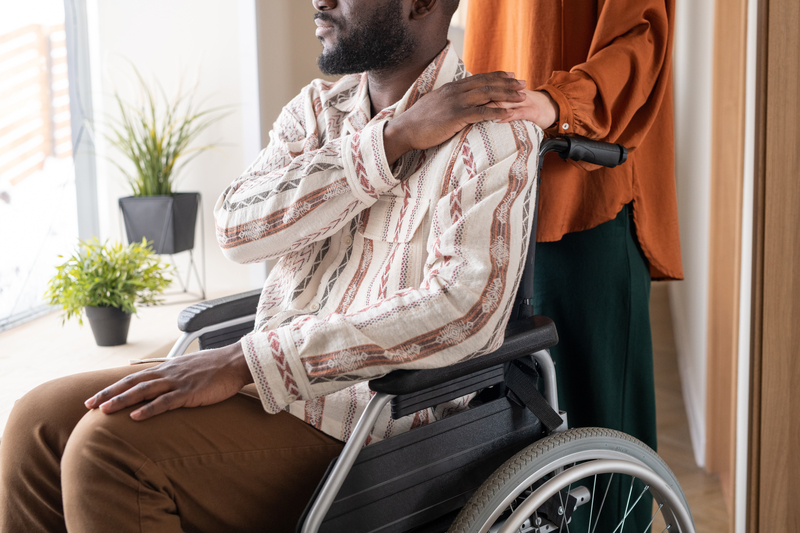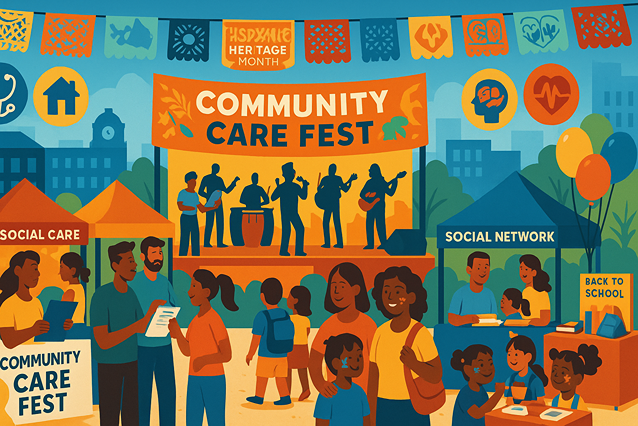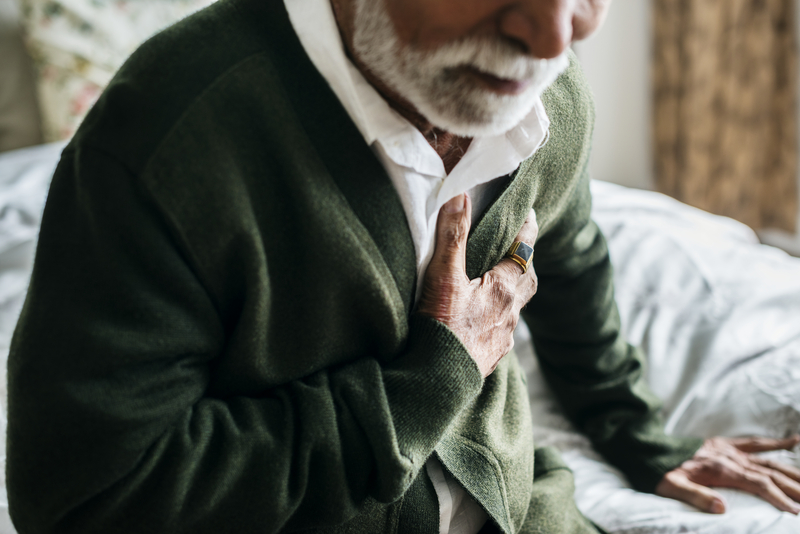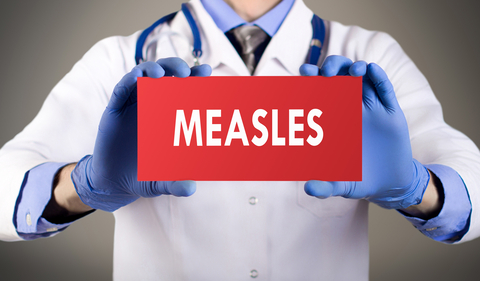Cancer
U.S. records first fatal bird flu case amid growing concerns about virus
The United States has recorded its first fatal case of H5N1 bird flu, in a person from Louisiana who contracted the virus from infected chickens an...
Demographic and clinical trends of young breast cancer patients from the national cancer database: disproportionate effect on minority populations.
There is an increasing incidence of young breast cancer (YBC) patients with uncertainty surrounding the factors and patterns that are contributing....
Reducing Post-Mastectomy Disparities in Breast Cancer Minority Populations
Please enable Javascript
CancerNetwork® spoke with Rachel A. Greenup, MD, MPH, an associate professor of surgery (oncology), section chief of Breas...
Breast Cancer Screening Shows Gaps in Women Aged 40-49 Years
TOPLINE:
Among 20.1 million women aged 40-49 years, only 59.2% underwent biennial mammography screening, with significantly lower rates observed in...
Ranking of Health Problems and Prioritization of Cancer Education Topics by African American Communities in South Carolina
Despite landmark breakthroughs in cancer research, African American adults (AA) bear the highest cancer burden compared to other racial groups in t...
Can Exercise as a Complementary Technique Manage Inflammatory Markers in Women with Breast Cancer Who Are Overweight and Obese? A systematic review...
Background:
Inflammation can result in the development of breast cancer in women with overweight and obese, and also affects the outcome and progn...
Trending Topics
Features
- Drive Toolkit
Download and distribute powerful vaccination QI resources for your community.
- Health Champions
Sign up now to support health equity and sustainable health outcomes in your community.
- Cancer Early Detection
MCED tests use a simple blood draw to screen for many kinds of cancer at once.
- PR
FYHN is a bridge connecting health information providers to BIPOC communities in a trusted environment.
- Medicare
Discover an honest look at our Medicare system.
- Alliance for Representative Clinical Trials
ARC was launched to create a network of community clinicians to diversify and bring clinical trials to communities of color and other communities that have been underrepresented.
- Reducing Patient Risk
The single most important purpose of our healthcare system is to reduce patient risk for an acute event.


